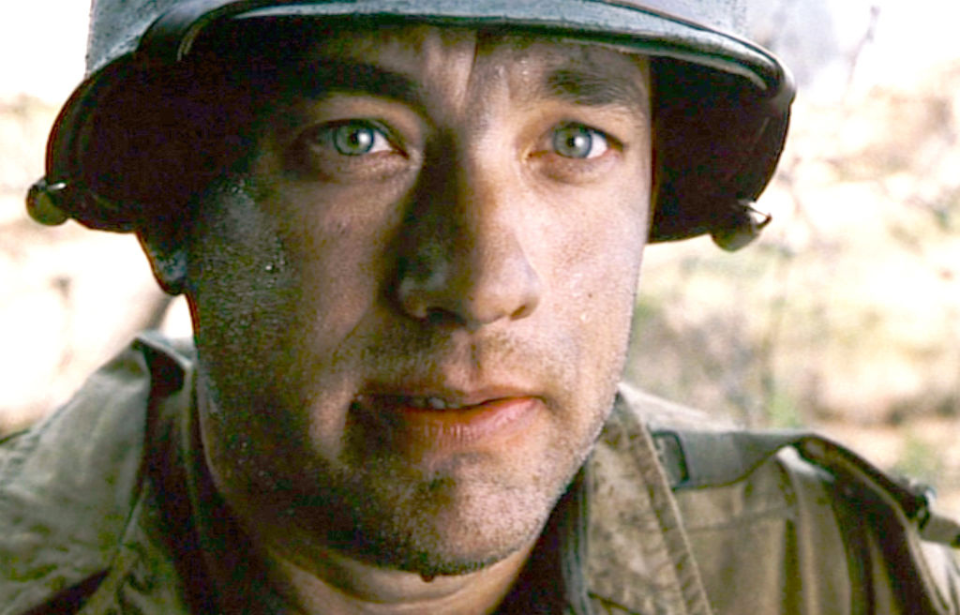Saving Private Ryan (1998) is arguably one of the best war films ever released, especially when it comes to depicting what took place during the Second World War. While not wholly based on truth (eg. The Battle of Ramelle was created just for the movie), extra effort was taken to make it as authentic as possible. The following are details incorporated by the team behind the feature that make Saving Private Ryan as realistic as it is.
They’re not speaking German…
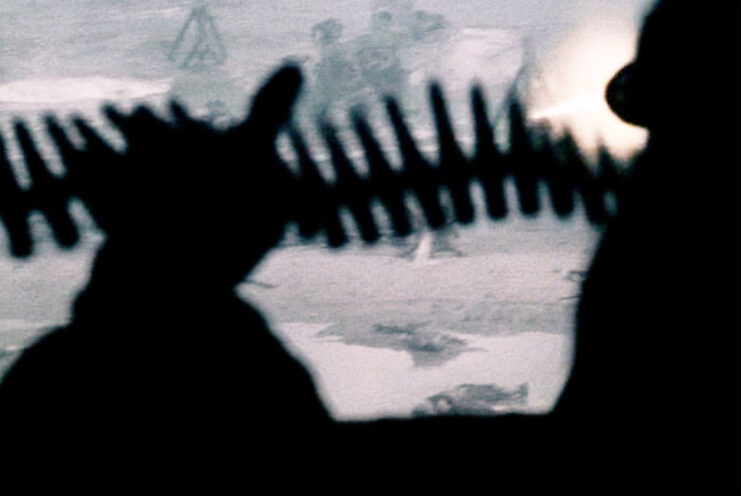
There’s one detail in Saving Private Ryan that went over our heads during our first watch-through of the film. It takes place in the opening scene when two enemy soldiers surrender to the Allies and are executed. It’s assumed the men are Germans, given the situation, but, they’re actually Czech – and they tell the other men that, pleading, “Please don’t shoot me! I am not German, I am Czech, I didn’t kill anyone! I am Czech!”
Director Steven Spielberg purposely decided to not inform viewers of this in the subtitles, leaving many not well-versed in the language in the dark. While this might seem out of left field, there were Czech troops in the German forces during the Second World War, many of them prisoners of war (POW) who were forced into service.
Authentic sounds from World War II-era weapons
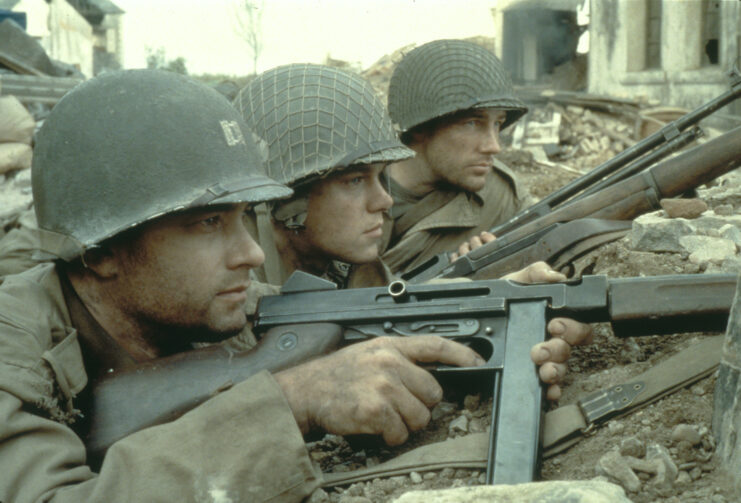
A key part of creating a war film is recreating the sounds of battle, and this is one detail the team behind Saving Private Ryan did not want to mess up. They knew the horrors faced by the men who served on D-Day and in Europe during the Second World War and wanted to ensure they did those experiences justice.
Writing about the process in Surround Sound: Up and Running by Tomlinson Holman, sound designer and re-recording mixer Gary Rydstrom recalled, “The sound memories of veterans are very vivid. We started our work at Skywalker Sound on Saving Private Ryan by recording a vast array of World War II era weapons and vehicles. In order to honor the experiences of the men who fought at Omaha beach and beyond, we wanted to be as accurate as possible.”
He added, “Our task was to build the isolated recordings of guns, bullets, artillery, boats, tanks, explosions, and debris into a full out war. Since it isn’t handy or wise to record a real war from the center of it, the orchestrated cacophony of war had to be built piece by piece.”
The gunfire was recorded at a live fire machine gun range near Atlanta, Georgia.
Unfastened helmets
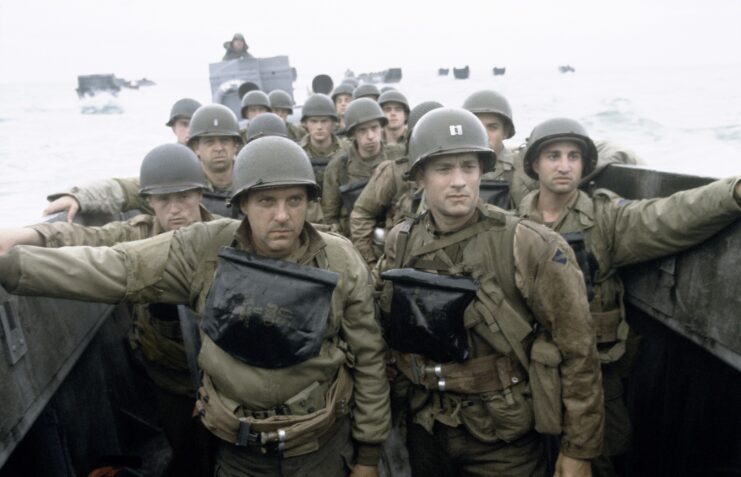
Anyone aware of the history of military helmets knows the M1 was pretty unsafe for protective gear – and that’s a detail the team behind Saving Private Ryan made sure to include. Throughout World War II, 22 million M1 helmets were produced for the men serving in both Europe and the Pacific, making it a common sight on the battlefield.
The detail featured in Saving Private Ryan is the lack of chinstrap. During the conflict, soldiers refused to fasten it, over rumors the piece could kill in an explosion or, worse, be used by the enemy in hand-to-hand combat to incapacitate their opponent. This resulted in many opting to wear their helmets loosely on their heads.
German use of Czech hedgehogs at Normandy
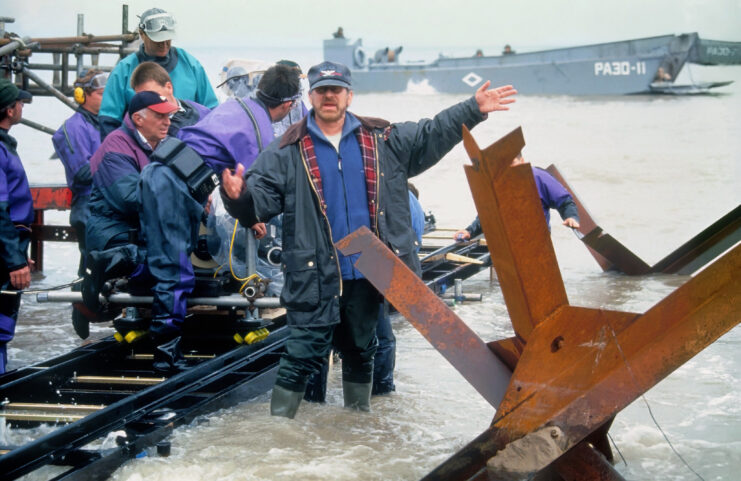
In the opening scene at Omaha Beach, the Germans are seen using Czech hedgehogs to defend against a potential Allied invasion of Normandy. While many might think this odd, as these were typically used to defend against tanks, the crew of Saving Private Ryan got their history right.
Czech hedgehogs were proven to be effective against landing craft, particularly in high water when they couldn’t be seen until the vessels were caught in them. It was believed the Allies would launch an attack during high tide, but they strategically struck when the surrounding water was low. Not only did this allow them to spot the beach defenses, but disable some of them, too.
Real amputees were used as extras
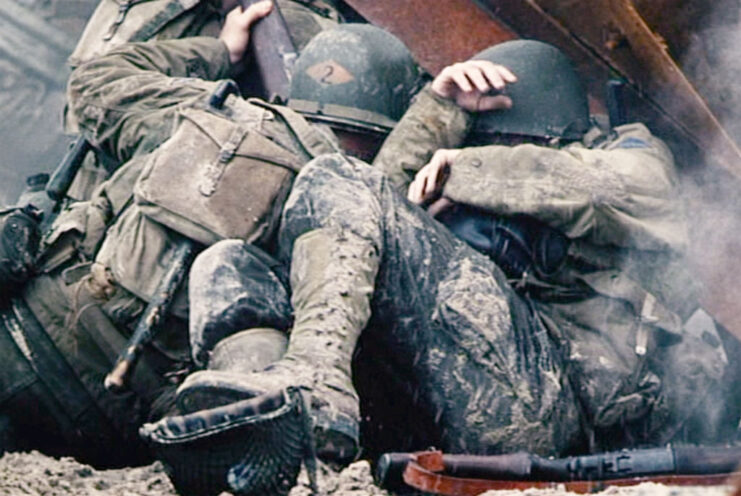
Everyone is aware the Omaha Beach scene in Saving Private Ryan was incredibly expensive, costing a whopping $11 million. What many might not know is that Steven Spielberg recruited some special extras to add authenticity to it.
Approximately 1,000 extras were involved in the sequence, many of them from the Irish Army Reserve. Of that number, between 20-30 were amputees who were given prosthetic limbs that were blown off during filming.
Hinting at the 101st Airborne Division
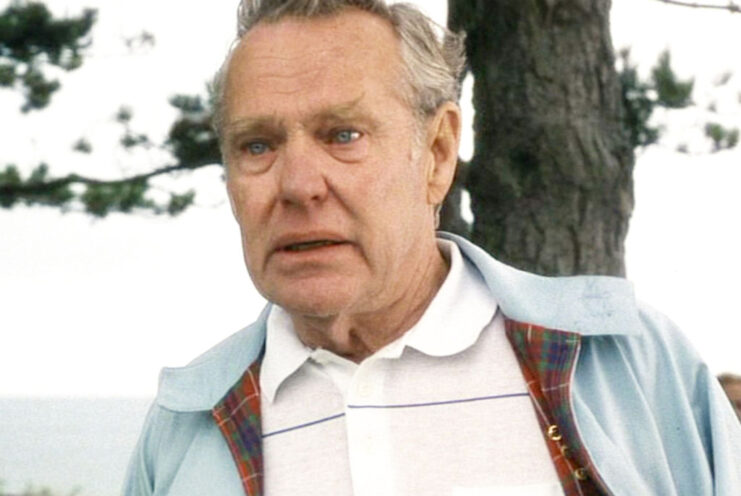
There’s one minor detail in Saving Private Ryan that offers a hint of what happens in the movie and, unless you’re really looking for it, odds are you’ll miss it.
In the beginning, when viewers are introduced to the old veteran, the man’s wearing a pin on his coat. Those aware of the meaning behind the imagery will immediately know this is the insignia of the 101st Airborne Division, also known as the “Screaming Eagles.”
This hints that the man is Pvt. James Ryan, not Capt. John Miller, as the latter didn’t serve in the 101st. There’s also the fact the character dies in the film, but no one knows that when the film starts.
Collecting dirt in commemoration of their service overseas
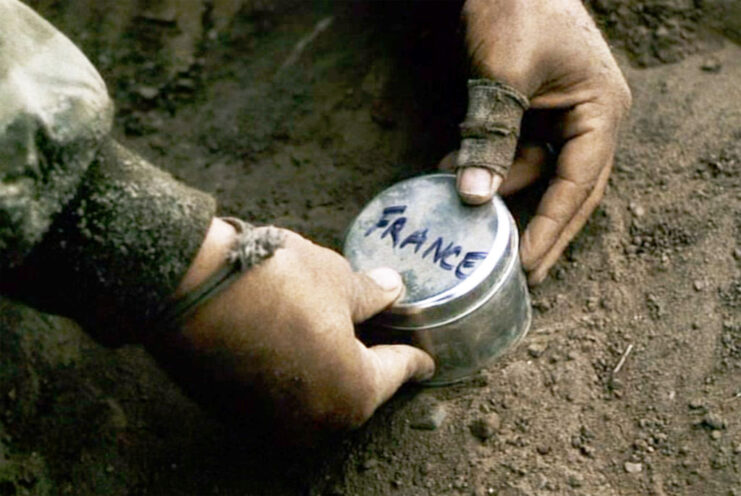
One of the more interesting details in Saving Private Ryan is Tech. Sgt. Michael “Mike” Horvath gathering up dirt in tins and marking them with the names of countries. This wasn’t just a one-off hobby by a single man – it was something many soldiers wound up doing while deployed, as a way of remembering where they served. The soil even acted as a good luck charm.
What’s more, this shows that Horvath had seen service outside of France – in particular, Italy and Africa – offering a bit of background information on the character.
Use of a real-life letter from the American Civil War
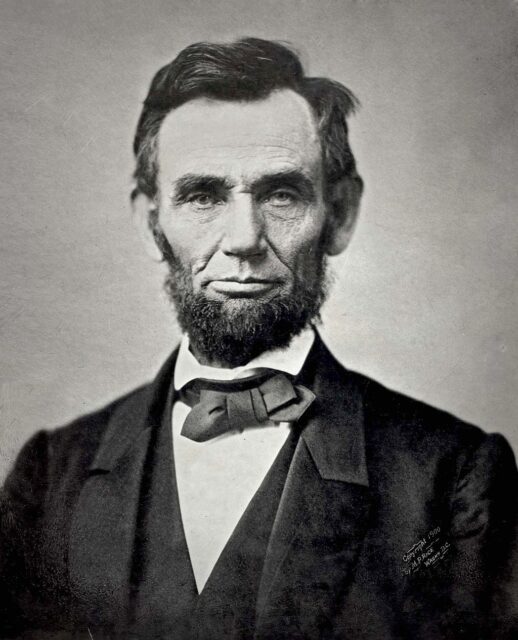
In Saving Private Ryan, Gen. George Marshall reads his men a letter written by Abraham Lincoln during the American Civil War to inspire them to put their all into searching for Pvt. James Ryan. This is real. Massachusetts Gov. John A. Andrew sent a letter to the president, requesting he send his condolences to Lydia Bixby, who, at that time, was believed to have lost all five of her sons in the conflict. Lincoln’s response read:
“Dear Madam,
I have been shown in the files of the War Department a statement of the Adjutant General of Massachusetts that you are the mother of five sons who had died gloriously on the field of battle.
I feel how weak and fruitless must be any word of mine which should attempt to beguile you from the grief of a loss so overwhelming. But I cannot refrain from tendering you the consolation that may be found in the thanks of the Republic they died to save.
I pray that our Heavenly Father may assuage the anguish of your bereavement, and leave you only the cherished memory of the loved and lost, and the solemn pride that must be yours to have laid so costly a sacrifice upon the altar of Freedom.
Yours, very sincerely and respectfully,
A. Lincoln”
It was later determined that only two of Bixby’s sons had died in combat. Of the others, one was honorably discharged, one had deserted, and the third either deserted or perished while a prisoner of war.
Landing craft that were actually at Omaha Beach on D-Day
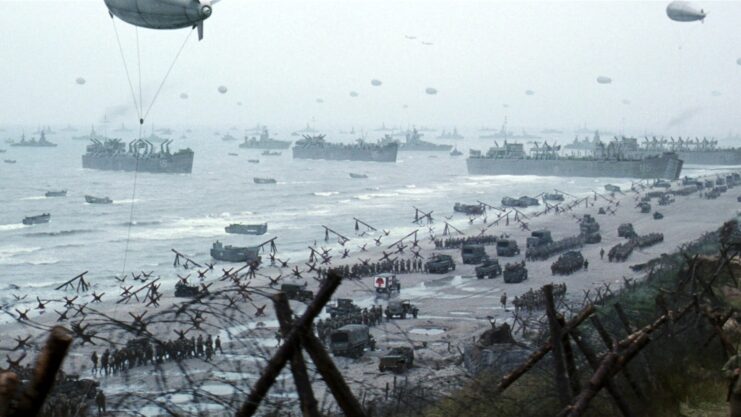
We’ve already discussed the Omaha Beach sequence a few times, but we have yet another little detail that adds not just to the movie’s authenticity, but to the overall realism of Saving Private Ryan. This time, it relates to the landing craft.
Of the landing craft that brought the men to Normandy’s shores, 12 dated back to the Second World War. What’s more, two of the vessels saw service during the conflict.
More from us: We Asked AI To Reimagine Our Favorite War Movies – This Is What Happened
This was one of the many ways Steven Spielberg ensured he was telling the story correctly.
